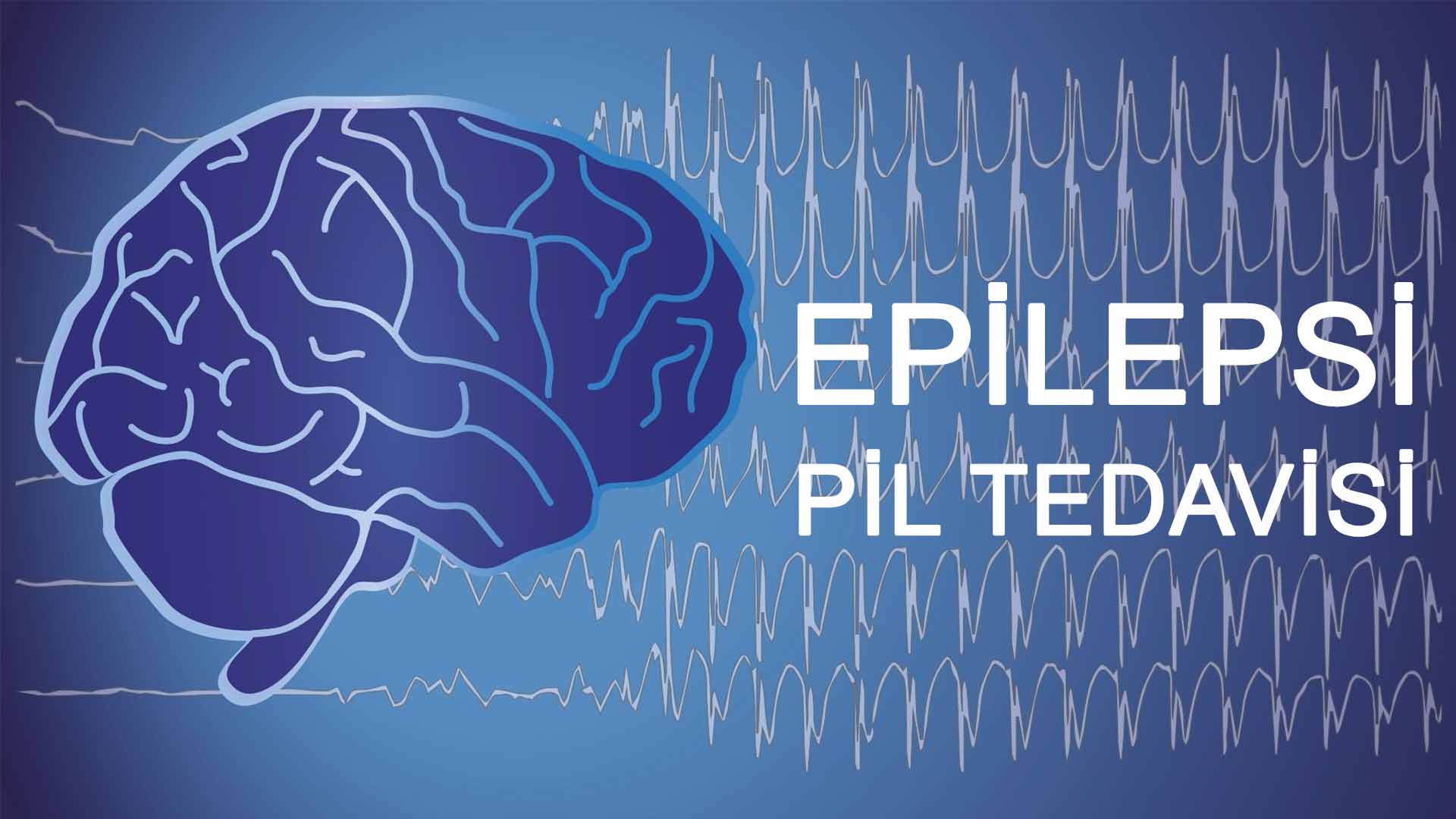
Epilepsy Battery - Vagus Nerve Stimulation
Vagus nerve stimulation, also known as epilepsy pacing, uses electrodes to stimulate the left vagus nerve in the neck. The tips of the electrodes are attached to the is connected to the stimulator (pile) implanted underneath it in the collarbone area. The device can be programmed externally. It usually stimulates the vagus nerve every three to five minutes. for thirty seconds.
In which diseases is vagus nerve stimulation therapy used?
Vagus nerve stimulation therapy was first approved by the FDA as a therapeutic modality for the adjunctive treatment of depressive episodes that have not responded to at least 4 drug therapy interventions for the treatment of chronic or treatment-resistant depression. VNS is also approved in the European Union for the treatment of chronic or treatment-resistant depression, or for patients who cannot tolerate drug therapies. approved. In addition to the treatment of depression, vagus nerve stimulation is approved for use in patients with treatment-resistant epilepsy and is an effective treatment in appropriate patients. treatment method. However, not all patients may benefit from epilepsy pacemaker treatment.
When can an epilepsy pacemaker be used to treat epilepsy?
If medication does not provide relief from seizures and epilepsy surgery is not possible, an epilepsy pacemaker can provide significant relief from seizures. Neurostimulation can help or low-current stimulation (vagus nerve stimulation, deep brain stimulation) of structures such as the vagus nerve to the brain. The treatment can prevent epileptic seizures and It reduces overstimulation of the brain, which is the basis of epilepsy. The aim of the surgery is not to make the patient completely seizure-free. It can reduce the frequency of epileptic seizures or is to achieve a significant reduction in severity. This allows the patient to continue with their daily life. Vagus nerve stimulation does not directly replace medication. Medication It is applied in combination with drug therapy, reducing the dose and quantity.
Side effects of vagus nerve stimulation therapy
Side effects of epilepsy pacemaker surgery are usually only mild. Pain at the surgical site is the most common complication after surgery. Other complications such as infection are rare. Side effects of vagus nerve stimulation include hoarseness, changes in voice and a 30-second cough that occurs during stimulation but becomes less intense as the patient gets used to it. So far, studies have shown that VNS-induced There were no signs of serious side effects. Therefore, the treatment was generally well tolerated. However, it was performed under general anesthesia the normal risks of complications of any surgery. The risk-benefit assessment can be more specific to the individual.
For information and treatment, you can contact Associate Professor Dr. Ali Yilmaz here.